Lima’s city center is one of the most magnificent and historically significant among Latin America’s capitals. In addition to being grandiose, downtown Lima is safe during the day, and visiting at night is safe if you are reasonably careful.
While there are too many points of interest for any one tour to cover them all, below is a custom-designed walking tour to cover the best sights. Continue reading for detailed descriptions of where to turn.
NOTE: We have changed the route, so the instructions below have not yet been updated to match the embedded Google Map.
Palacio de Justicia
Start at the Palacio de Justicia in Plaza Grau at the southern tip of the historic center. Any taxi driver will know the Palacio de Justicia, an icon of republican architecture. Or you can take the Metropolitano to the Estacion Central station, which is directly underneath the plaza.
From the Palacio de Justicia, start walking north. The Palacio de Justicia should be on your right and a white, colonial palace ahead. This is the Rimac Building, also known as Casa Roosevelt.
Keep this regal building to your left as you walk one block north on Carabaya. Turn left at the first cross street, Pachitea. Head west on Pachitea for one block until the street bends left, but continue straight on the pedestrian walkway.
Continue down the walkway until you reach a small plaza with a bright blue church.
Plaza Francia / Iglesia de la Recoleta
You’ve arrived at France Plaza. Recoleta Church, one of Peru’s oldest, was founded in 1606. The plaza was a gift from France for the Peruvian independence centennial. On the northern tip of Plaza Francia are two streets with one-way southbound traffic, making a fork for pedestrians. Walk north and fork right on to Camana Street.
Here you’ll find used bookstores and antique dealers. Those who read Spanish can find classics by Mario Vargas Llosa, Gabriel Garcia Marquez, Isabel Allende as well as Peruvian history texts at bargain prices. You’ll also find thousands of quirky artifacts from 20th-century Lima.
On the left side of Camana before the intersection with Quilca Street is Bar Queirolo. Founded in 1910, it is one of Lima’s oldest bars. Queirolo is a national liquor brand. Be forewarned, wine enthusiasts will find Peruvian wine quite sweet. It’s a great place for lunch but their specialty is Peruvian wine and pisco.
Further up Camana, you’ll arrive at the two-way avenue, Nicolas de Pierola, which everybody calls “La Colmena.” Turn right (east) and walk one block to arrive at Plaza San Martin.
Plaza San Martin
Plaza San Martin was named for Jose de San Martin, the Argentine military general and fighter for South American independence from Spain.
Note the historic Hotel Bolivar on the west side of the plaza. Founded in 1920, it’s a famous place for pisco sours and high-end atmosphere. This plaza, designed in the French-inspired baroque, is one of Lima’s most important public spaces used in national protests.
After taking plenty of pictures, continue east on La Colmena, which is divided by the plaza. Go to the east side of the statue and continue three blocks until you reach the stoplight at Azangaro Street. Beyond this intersection are Parque Universitario on the right and Plaza de la Cultura on the left.
Parque Universitario and Plaza de la Cultura
To the left overlooking Culture Plaza is the Iglesia del Sagrado Corazon de Jesus (Sacred Heart of Jesus Church), which is informally known as Iglesia de los Huerfanos (Orphans’ Church). On the other side of the avenue is University Park.
After exploring these adjacent plazas, walk toward Orphans’ Church above Culture Plaza. Continue north on Azangaro Street, keeping the church on your right. After four blocks you’ll arrive at the pedestrian street, Ucayali.
Basilica y Convento de San Pedro
On the left is the small Plazuela San Pedro. On the right is San Pedro, a Jesuit church originally named San Pablo. Two-hundred years after its 1538 construction, the Suppression of the Jesuits swept Europe. In 1767 Spanish king Carlos III expelled the Jesuits from all Spanish territories and confiscated their holdings. The name of San Pablo Church was changed to San Pedro.
Over 100 years later in 1871, the Society of Jesus was allowed to return to an independent Peru. The church had been looted, but the 19th-century Jesuits have since restored it. But they never changed the name back to San Pablo.
After seeing San Pedro, turn right after the church on the pedestrian street, Ucayali. Walk one block until you reach Abancay Avenue, a two-way thoroughfare with buses roaring by in each direction. Cross Abancay and continue walking straight for two blocks until you enter Lima’s Chinatown. You should be able to see a Chinese archway over the street from San Pedro.
Barrio Chino
Barrio Chino is Lima’s historic Chinatown, dating back to the 19th century when Peru brought in Chinese laborers to build the railroads. Lima’s Chinese community is nothing like that of San Francisco or New York, but it is home to the largest Chinese diaspora in Latin America. San Joy Lao is a great place to try Chifa, the Peruvian-Chinese fusion cuisine. You can also find traditional Chinese shops selling gifts and souvenirs.
After seeing Barrio Chino, go back the same way you came and turn right on Abancay. After two blocks, you’ll see Peru’s Congress on your right, after the corner of Junin Street.
Congreso
This Congress has seen considerable chaos over the years. During the War of the Pacific against Chile, former President Lizardo Montero moved the legislature to the southern city of Arequipa. Rewritings of the Constitution have delayed congressional work altogether, sometimes for years. The 20th-century dictator, Luis Miguel Sanchez Cerro, arrested all congressional members of the popular political party, APRA. When Sanchez Cerro was assassinated in 1933, General Oscar Benavides shuttered Congress until he could hold elections – six years later.
In 1968, the leftist General Juan Velasco Alvarado surrounded Congress and the Government Palace in a bloodless coup. The general presided over a military dictatorship until 1975, during which Congress sat empty. In 1975 he was overthrown, replaced with an interim successor, and Congress was restored in 1978. Yet it hadn’t seen the end of hard times.
In 1990 Alberto Fujimori was elected president on a hardline platform against Peru’s guerrilla insurgency, the Shining Path. Shortly after taking office, Fujimori surrounded Congress with tanks to dismiss the elected congressmen, even tear-gassing those who refused to leave. Surprisingly, Fujimori’s move was wildly popular among the public due to state insecurity.
Continuing north on Abancay, turn left at the next intersection, Ancash. One the right toward the end of the first block of Ancash is one of Lima’s top attractions, San Francisco Basilica and Convent.
Basilica y Convento de San Francisco
San Francisco is the most visited church in Peru. Aside from its beauty, the museum features the catacombs home to the skeletal remains of an estimated 75,000 people. Entrance is 7 soles and comes with a guided tour with a range of languages available. Prepare to see A LOT of bones. Maybe a little too scary for children.
Across the street from the church are craft shops and tourist restaurants. Continue west on Ancash past the jagged intersection into the car-free zone. At the end of the block on the right is the House of Peruvian Literature. Turn left on the pedestrian-only Carabaya. On your right is the back of the Government Palace.
Plaza de Armas
At the end of this block is Lima’s Plaza de Armas, also called Plaza Mayor. To your immediate left is the Archbishop’s Palace of Lima, and the large church beyond that is the Cathedral of Lima.
The Government Palace on the north side of the plaza is where the president officially resides and works. On the west side of the plaza is the Municipal Palace of Lima, or City Hall.
Take plenty of pictures. When ready to move on, walk to the northwest corner of the plaza, or the other side of Government Palace. Walk north on the pedestrian alley, Jiron de la Union, keeping the Government Palace on your right and the fountains on your left.
Passing the palace you’ll see a bridge that crosses over the Rimac River towards the Cerro San Cristobal mountain. Turn left into the pedestrian promenade before this bridge, just underneath Lima’s iconic second-floor wooden balconies.
Alameda Chabuca Granda
You’ve entered Alameda Chabuca Granda, a pedestrian strip named for Peru’s most famous songstress. The flagship monument is a red statue of a dancing woman’s silhouette. In these blocks you’ll find street entertainment, desserts and snacks.
After seeing the entertainment area, walk toward Camana Street, which is just one block from the Government Palace.
Camana Street
Head south on Camana, away from the entertainment strip, and you’ll see the pink Santo Domingo Convent at the end of the first block.
Continue down Camana to see more historic churches in the Church of San Agustin and the Monastery of Jesus Maria and Jose. Following Camana will eventually lead you back to Plaza Francia.
But if you want more, turn right on Emancipacion Avenue, which is five blocks south of the Alameda Chabuca Granda. You’ll recognize Emancipacion by the dedicated lanes for the Metropolitano buses.
Churches of Tacna Avenue
Walk three blocks west on Emancipacion, passing San Marcelo Church on your left before coming to Tacna Avenue and the Tacna Metropolitano station. Turning right on Tacna will pass three more historic churches in four blocks, including the home of the venerated Señor de los Milagros image, Iglesia de las Nazarenas, San Sebastian and Santa Rosa, the former home of Lima’s patron saint.
Safety Boundaries
While the city center is safe, like any big city it borders less-than-safe areas. Here are some guidelines to avoid sketchier neighborhoods nearby:
- Do not cross any bridges over the Rimac River heading north.
- The first blocks past Abancay Avenue home to Congress, the National School of Fine Arts and many historic churches start to get a little sketchy, and robberies are common in Barrio Chino. While you should have no problems in these first few blocks, never cross Huanuco Street, about five blocks east of Abancay.
- The neighborhood west of Tacna Avenue is not dangerous during the day, but nor is it particularly touristic aside from Plaza Dos de Mayo, which is on La Colmena four blocks west of Tacna.
- Do not go south of Grau Avenue into the La Victoria district.
Points of Interest
No walking tour can cover all of downtown Lima’s points of interests. The greatest criticism of this tour is that it skips the historic Jiron de la Union pedestrian street, which is no longer so historic but a cluster of big corporate consumer storefronts and tattoo joints.
- Plaza de Armas: Government Palace, Cathedral of Lima, Archbishop’s Palace, Municipal Palace of Lima
- Plaza San Martin
- Plaza Grau, Justice Palace and Casa Roosevelt
- San Francisco Basilica and Convent
- Plaza Francia and Recoleta Church
- Alameda Chabuca Granda and the perennially closed Parque de la Muralla
- Congress
- Parque Universitario and Plaza de la Cultura
- San Pedro Basilica and Convent
- La Merced Church
- Torre Tagle Palace
- Jiron de la Union
- Camana Avenue churches: Santo Domingo Convent, San Agustin Church and Jesus Maria and Jose Monastery
- Tacna Avenue churches: Santa Rosa, San Sebastian, Iglesia de las Nazarenas and San Marcelo
- Barrio Chino
- National School of Fine Arts
- Municipal Theater of Lima
- Casa Riva Aguero
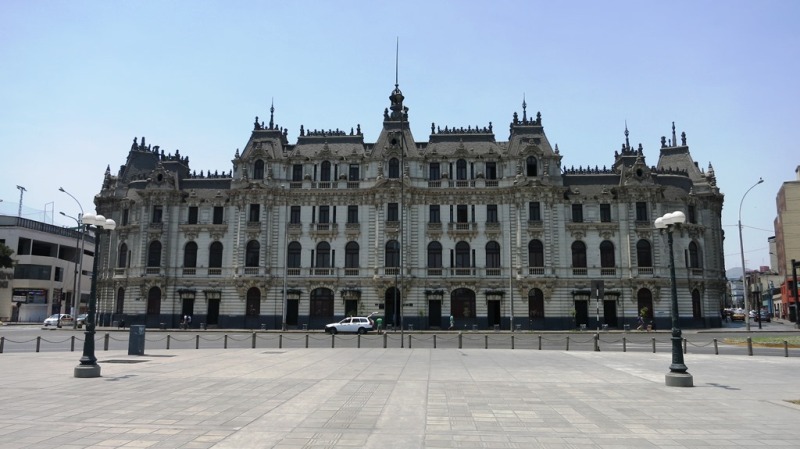
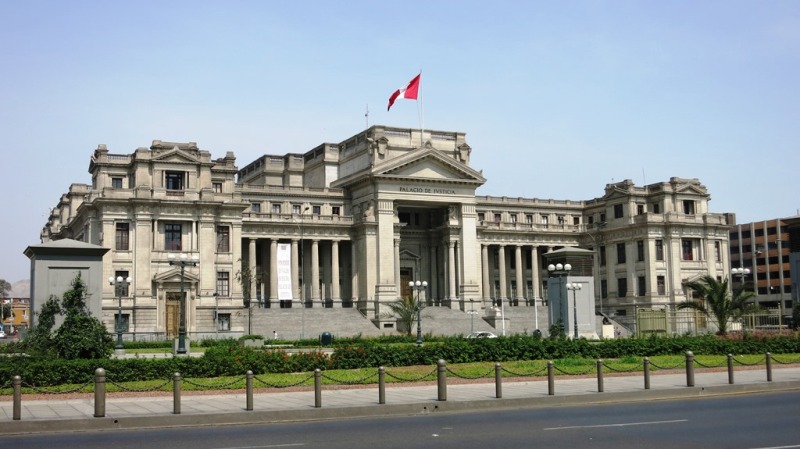
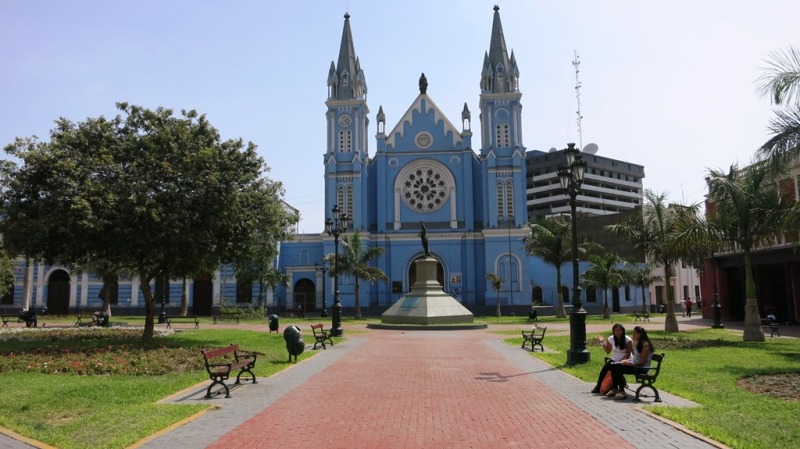
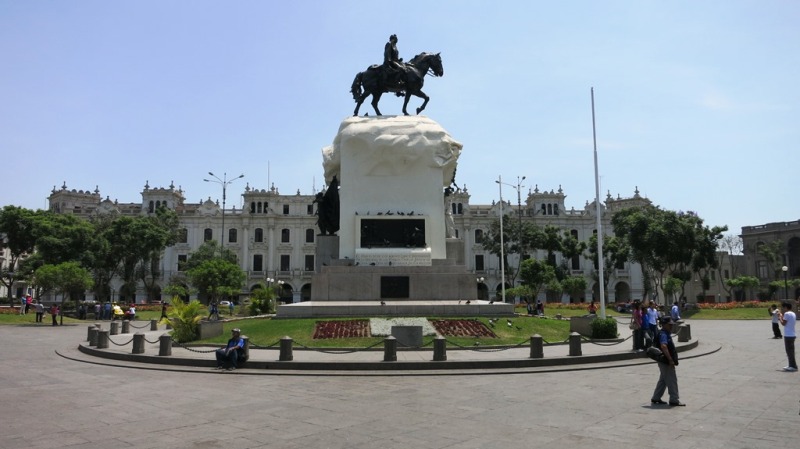
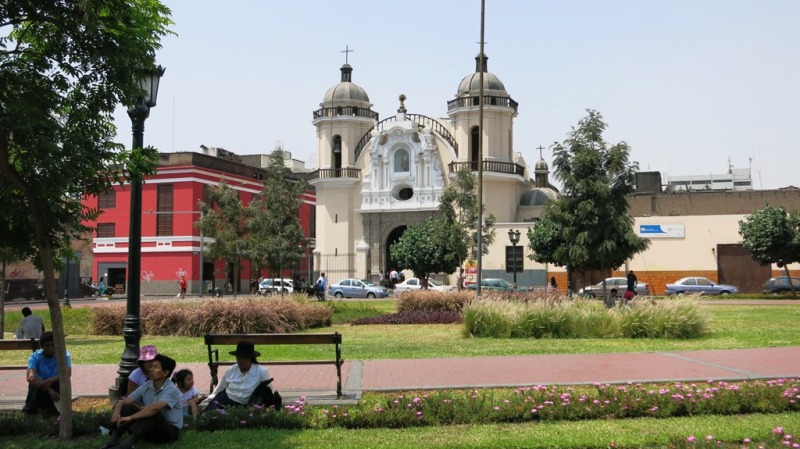
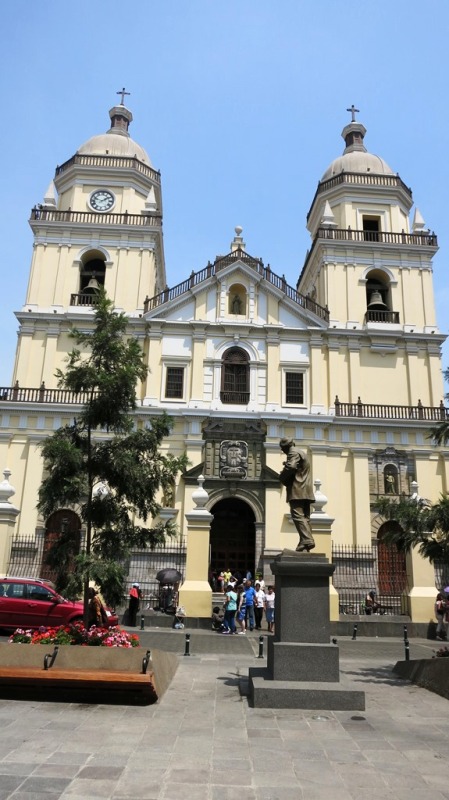
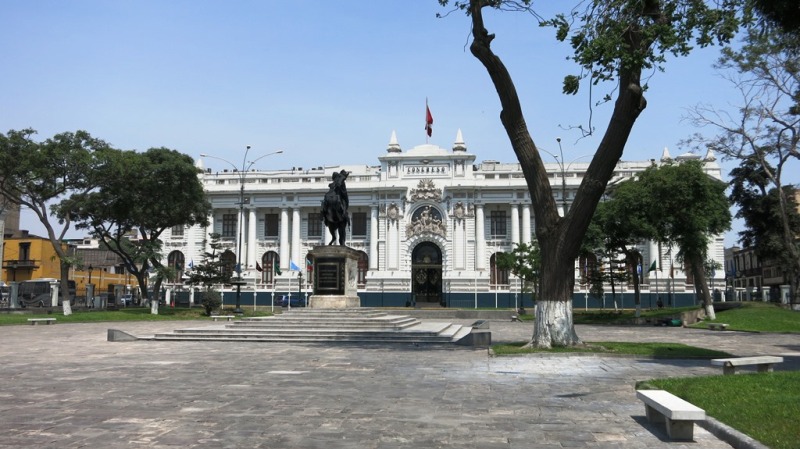
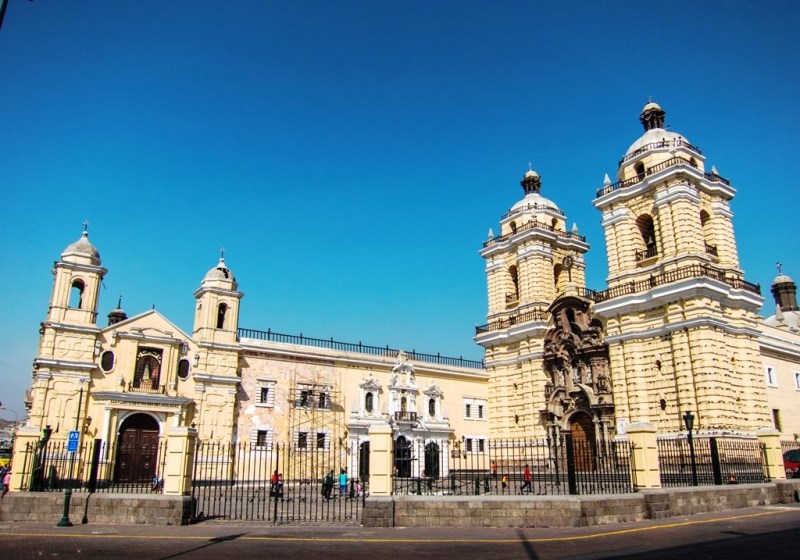
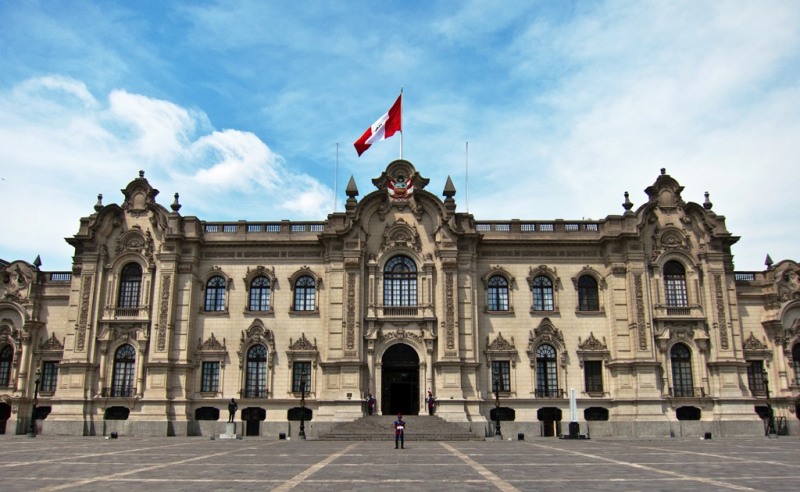
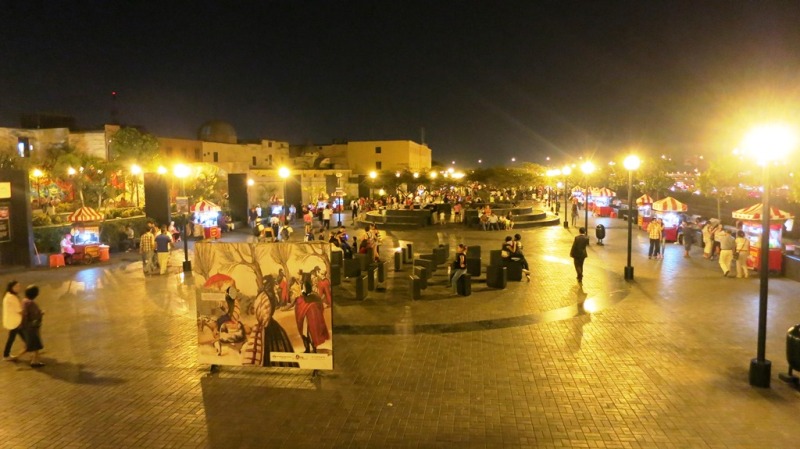
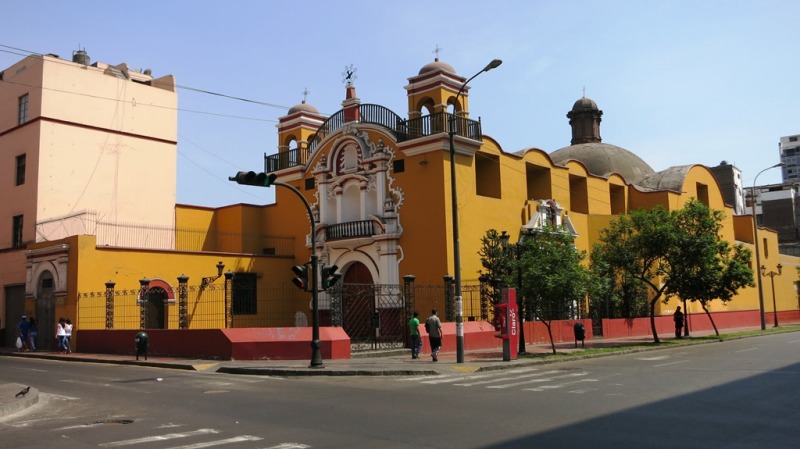

A good tour. I’ve done it half a dozen times now when new work colleagues come over. Takes about 3 hours. But I recommend stopping at bars queirolo and or cordano. I often finish the tour back at gran hotel bolivar to chill with a pisco before picking up a taxi home. Allow about 5 hours if you want to stop on the way for some people watching. Thanks Colin!
Nice article! I went to Peru six months ago and I loved it! It is not true that the only interesting place there is Cusco because Lima has also a lot to show. The centre of Lima has a beautiful colonial architecture and amazing museums that expose the history and culture of Peru. I share with you an article that shows what to do in the centre of Lima: https://perubybus.com/destinations/historic-centre-of-lima/